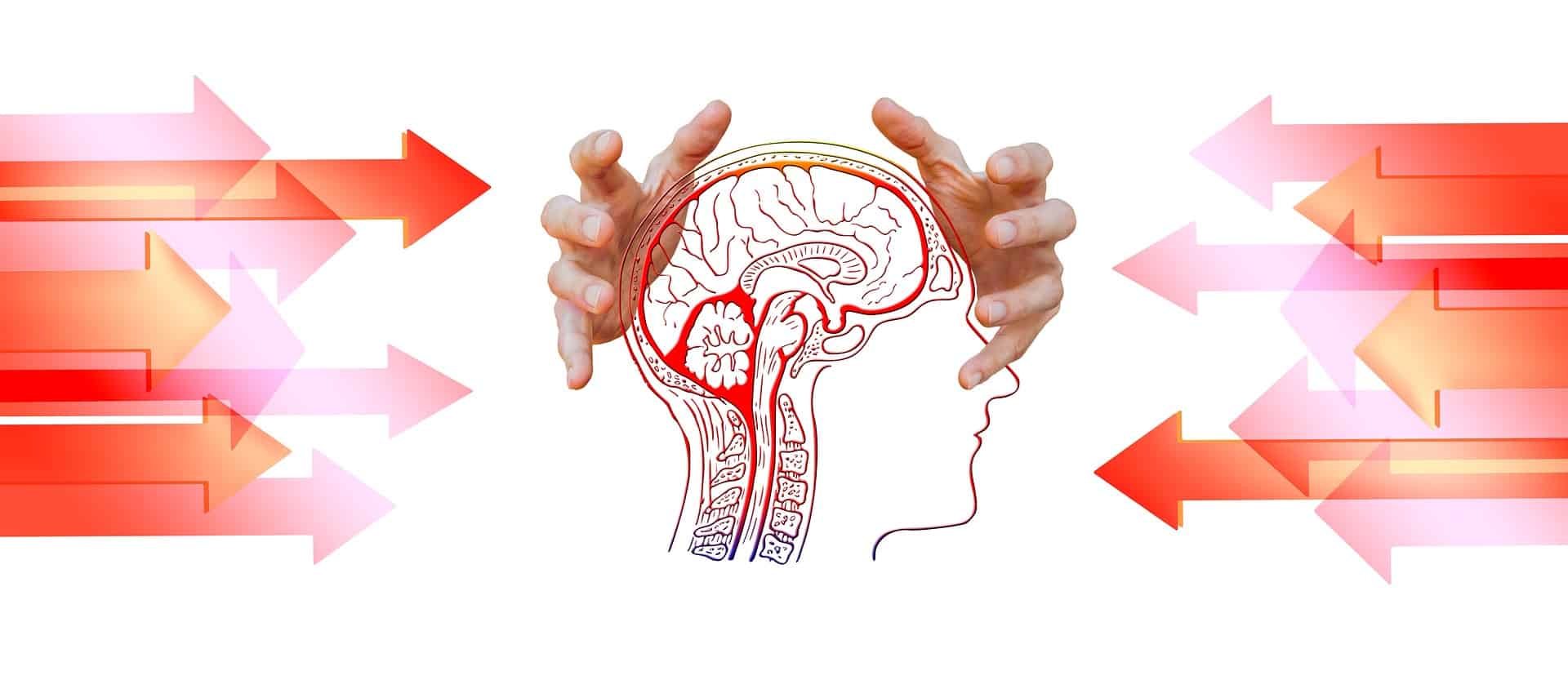Sport concussion assessment tools: How well do they work?
Your weekly research review
Contents of Research Review
- Background & Objective
- What They Did
- What They Found
- Practical Takeaways
- Reviewer’s Comments
- About the Reviewer
- Comments

Background & Objective
Timely recognition of a concussion and appropriate removal from play is essential to prevent further injury and/or prolonged symptoms. Accurate detection is still somewhat tricky, as concussions can have diverse symptom presentations. Assessments such as the SCAT-3 and SCAT-5 have been instrumental in improving detection, though proper interpretation of their results could benefit from greater standardisation. This study aimed to describe day-of-injury performance on the SCAT-3, and to determine the ability of both pre-injury individual SCAT-3 baseline scores and normative reference values to detect acute deficits of concussion.
What They Did
The authors reviewed day-of-injury SCAT-3 (see link to PDF below) and Standardized Assessment of Concussion (SAC) results from the Finnish Ice Hockey league between the 2013-2016 seasons. Both league normative data and a large test-retest sample of uninjured players were used to calculate cut-off scores for abnormal performance on the SCAT-3. To evaluate the two interpretation methods (comparing day-of-injury scores to individual baselines or to reference values), they chose a 10th percentile cut-off (they accepted up to a 10% false-positive rate on each component of the SCAT-3). They also calculated receiver operating characteristic (ROC) curves to examine accuracy of testing for injured and non-injured athletes.
What They Found
Post-injury symptom number and severity and M-BESS errors were significantly greater, while total SAC scores were significantly lower on day-of-injury compared to normative values and individual baseline scores. The ROC curves revealed high levels of accuracy for symptom score and severity in distinguishing between concussed and non-injured players. However, accuracy was poor with the M-BESS, SAC score, and tandem gait.
Regarding the SAC subtests, orientation appears to help predict injury, as most athletes (91%) had perfect scores at baseline, and 26% scored a 4 or lower following concussion. Immediate memory, concentration, and delayed recall were not reliable indicators. As for the M-BESS, any errors in the double-leg stance subtest raises suspicion of injury. For single-leg stance, greater than 3 errors raises suspicion, and for the tandem stance subtest, greater than 4 errors raises suspicion.
[optin-monster-shortcode id=”jyyw4xzrpuivfz8gggx4″]
Practical Takeaways
One of the major strengths of this study is that it provides us with a better understanding of which aspects of concussion testing hold greater weight and predictive accuracy than others. It takes some well supported objective measures and teases out some of the ambiguity in their interpretation. It shows us that symptoms are truly the most sensitive SCAT-3 component, though relying on symptoms alone to determine a diagnosis of concussion is not recommended. It demonstrates that changes in orientation and in M-BESS subtests of single- and double-leg balance have high accuracy in detecting concussion.
The authors also acknowledge some limitations to this study. First, the participants were a somewhat homogeneous (similar) group, as they were all Finnish ice hockey players. Second, some of the symptoms of concussion overlap with other diagnoses, which must be considered in the overall assessment. Third, it can be assumed that not all incidences of concussion were reported. Lastly, the baseline-adjusted postinjury scores could be misleading in those athletes that reported high levels of symptoms to begin with at baseline.
Reviewer’s Comments
“Tools such as the SCAT are incredibly helpful in objectively measuring and assessing concussion (see reference below), but taking a score change from baseline or normative data and determining that it is significant and indicative of concussion on its own can result in either a false-positive or a missed diagnosis. We need a more standardised view and use of this and other assessment tools. This article does a very good job of reviewing (in depth) the components of the SAC and SCAT-3, and reiterating the importance of utilising both normative and individual baseline test data (when possible) in interpreting results and arriving at a diagnosis.
I also found it interesting that (and I agree with) the authors’ opinion that we need further research investigating prolonged return-toplay times. They speculate that perhaps, if we can identify certain clinical symptoms that appear to be correlated with prolonged returnto-play, that we can better determine prognosis initially and better educate the athletes on their course of post-injury care. Included in the references is the link to a helpful podcast regarding how we can assess and manage athletes to the best of our current knowledge.”
Want to learn more?
Then check these out…
Watch this video
Read this article
Read this article
The full study can be read


